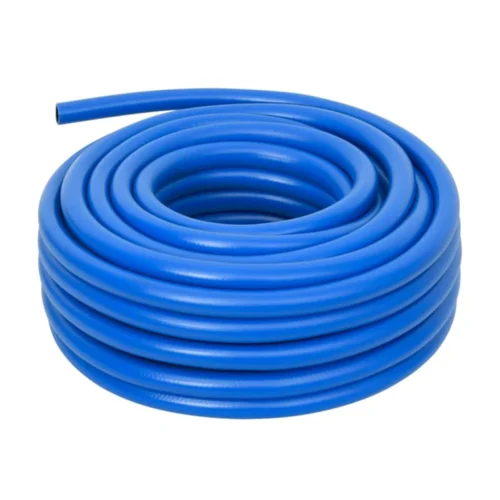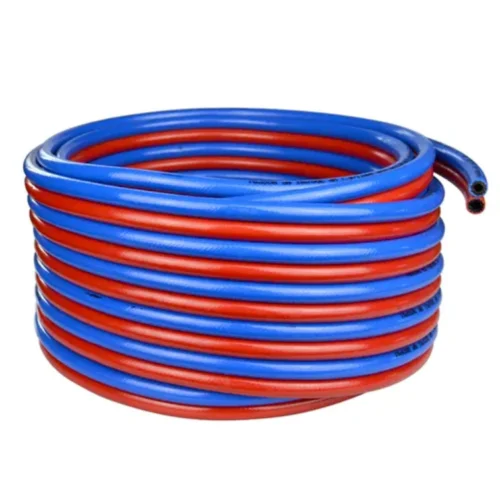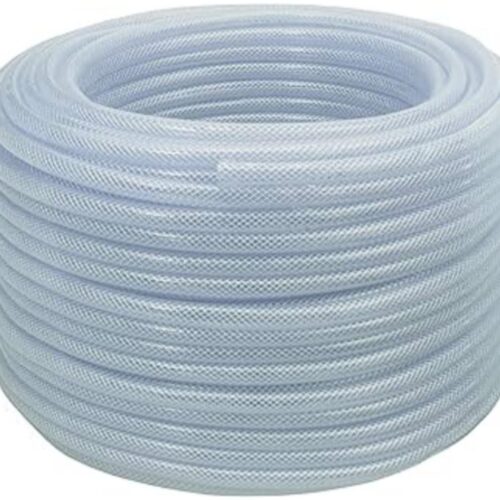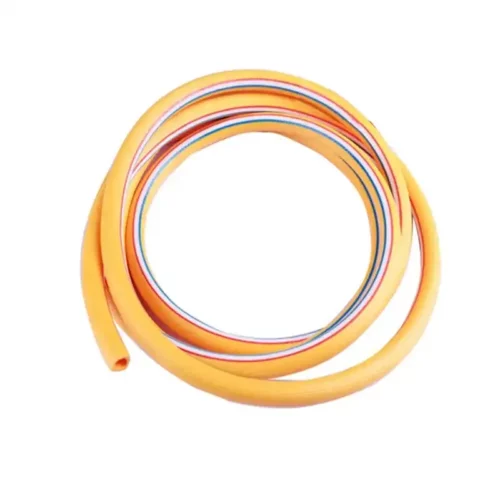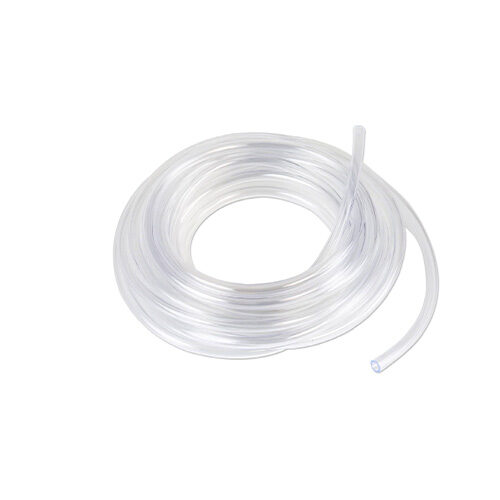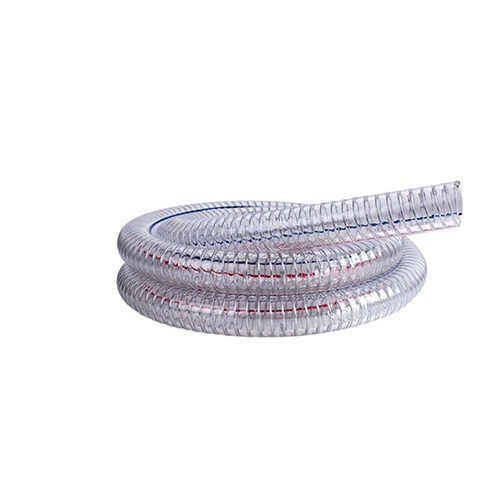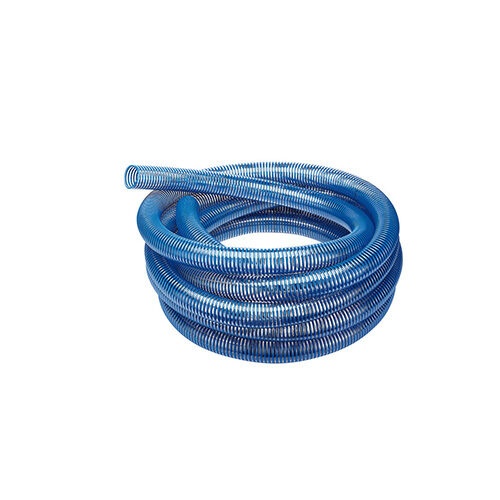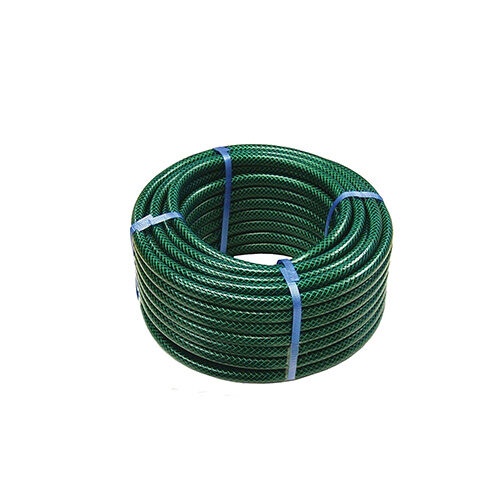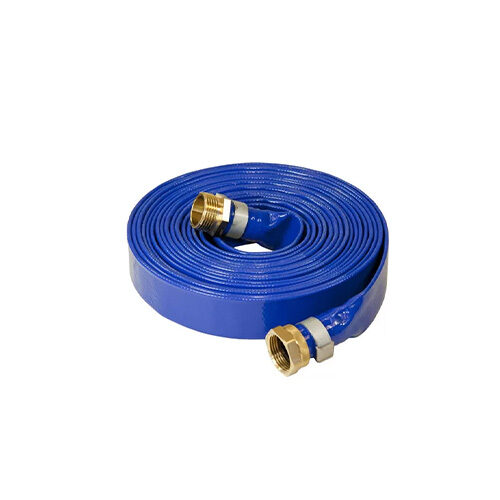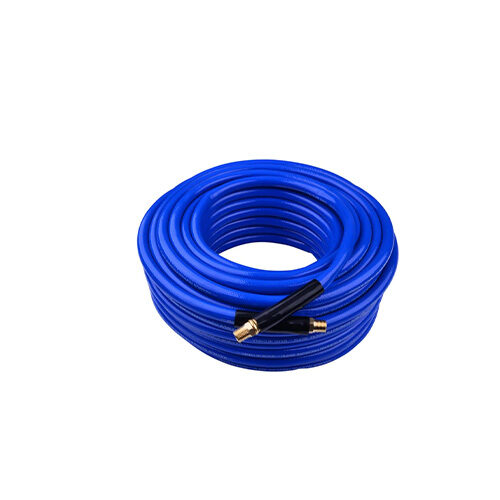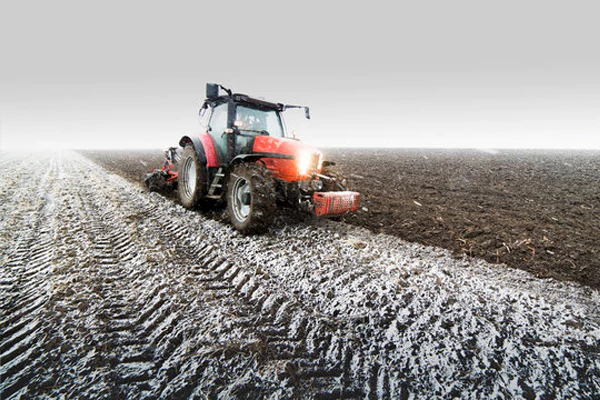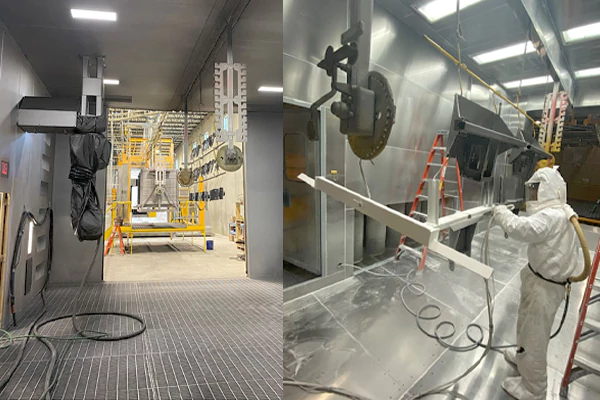Connecting two rubber hoses may seem simple, but ensuring a secure, leak-free connection requires proper technique and the right tools. Whether for automotive, industrial, or garden use, understanding hose types, sizes, and connectors is essential for efficient fluid transfer. A correct connection prevents leaks, damage, and potential system failures.
Hose connections can involve clamps, couplings, or specialized adapters depending on your application. Choosing the right method maintains optimal flow and durability. With careful preparation, precise alignment, and proper tightening, you can create a reliable joint that withstands pressure, temperature changes, and environmental conditions, ensuring long-term performance for any hose system.
Why Need to Connect Two Rubber Hoses?
Connecting two rubber hoses is often necessary to extend reach, increase flexibility, or adapt to specific system layouts. Proper connections ensure efficient fluid transfer, prevent leaks, and maintain system performance across various applications, including automotive, industrial, and garden use.
- Extend Hose Length: We connect hoses to achieve longer reach, enabling fluid transfer over greater distances without replacing existing equipment.
- Adapt to System Layouts: We join hoses to navigate complex setups, tight spaces, or angled installations efficiently and safely.
- Improve Flexibility: We connect hoses to allow easier bending, maneuvering, and positioning in dynamic or confined environments.
- Maintain Flow Efficiency: We join hoses securely to ensure consistent liquid or gas flow, minimizing pressure drops and turbulence.
- Cost-Effective Solution: We connect hoses rather than buying new, reducing expenses while maximizing the use of existing equipment.
How to Connect Two Rubber Hoses?
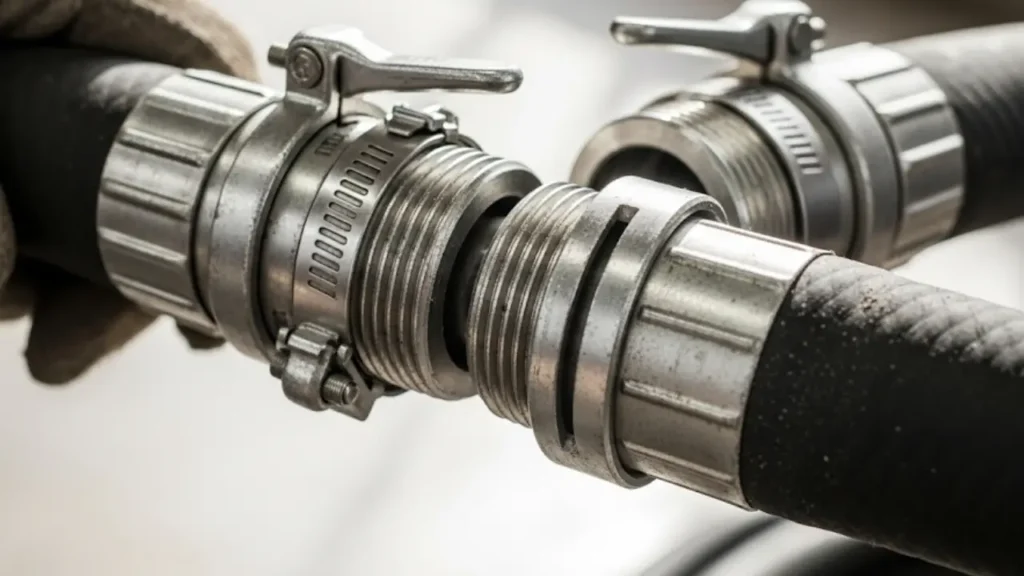
Connecting two rubber hoses properly ensures leak-free performance, maintains system pressure, and prolongs hose life. By following the correct steps and using suitable connectors, clamps, or adapters, you can achieve a secure, durable connection for automotive, industrial, or garden applications.
Step 1: Select Appropriate Hoses and Fittings
Choose hoses of compatible diameter, material, and pressure rating. Select clamps, couplings, or adapters that match hose specifications to ensure secure, leak-free connections that withstand operational conditions and environmental stresses.
Check the hose ends for damage, dirt, or wear. Clean surfaces thoroughly, remove debris, and ensure fittings slide smoothly. Proper preparation guarantees tight connections, minimizes leaks, and extends the performance and longevity of both hoses and attached systems.
Step 2: Align Hoses Correctly
Position hoses end-to-end in a straight line without twisting or stretching. Proper alignment ensures smooth flow, prevents kinks, and reduces stress on the hose walls during operation.
Maintain consistent spacing while sliding the hoses together. Misalignment can cause leaks, uneven pressure distribution, or premature hose failure, so carefully adjust to create a stable, secure joint before tightening clamps or fittings.
Step 3: Insert Couplings or Adapters
Slide the selected coupling, connector, or adapter into one hose end fully. Ensure it fits snugly to prevent leaks and maintain internal pressure during use.
Repeat insertion for the second hose end, ensuring proper overlap with the coupling. Confirm both hoses are seated evenly on the connector, providing a stable joint that withstands bending, pressure, and operational vibrations.
Step 4: Secure with Clamps or Fasteners
Place hose clamps over the connection area and tighten evenly using the correct tools. Proper clamping prevents leaks and ensures hoses remain connected under pressure.
Avoid over-tightening, which may damage hose walls or fittings. Check for uniform compression around the circumference, balancing secure attachment with the preservation of hose integrity for long-lasting, safe operation.
Step 5: Test the Connection
Turn on the system slowly and check for leaks or pressure drops. Observing the connection under operating conditions ensures reliability and safety.
Make adjustments if necessary, retightening clamps or repositioning hoses to eliminate leaks. Proper testing confirms that the connection will perform effectively, protecting equipment and preventing downtime in automotive, industrial, or garden applications.
How to Connect PVC Pipe to Rubber Hose?
Connecting a PVC pipe to a rubber hose requires the right fittings, clamps, and careful installation to ensure a leak-free, secure connection. Proper alignment, preparation, and testing guarantee reliable fluid flow for plumbing, irrigation, or industrial applications.
Step 1: Gather Materials and Tools
Collect the required PVC pipe, rubber hose, barbed or threaded adapter, hose clamps, lubricant, and a screwdriver or wrench for installation. Having proper materials ensures a secure and leak-proof connection.
Inspect all components for damage, dirt, or wear. Cleaning surfaces and selecting the correct adapter prevents leaks, improves durability, and ensures the connection withstands pressure, temperature variations, and system vibrations during operation.
Step 2: Prepare PVC Pipe and Rubber Hose
Cut the PVC pipe and hose ends cleanly and squarely. Remove burrs or rough edges to allow smooth fitting installation.
Lightly lubricate the hose end or adapter with water or approved lubricant. This eases assembly, reduces stress on hose walls, and ensures the rubber slides over the fitting without tearing or deformation.
Step 3: Attach Adapter to PVC Pipe
Insert a barbed or threaded adapter into the PVC pipe. Ensure the fit is tight and aligned with the hose connection point.
If using threaded adapters, apply plumber’s tape for a secure, leak-proof seal. Proper attachment guarantees that fluid transfer occurs without leakage, maintaining system efficiency and safety under pressure.
Step 4: Connect Rubber Hose to Adapter
Slide the rubber hose over the adapter fully, ensuring a snug fit and proper seating for maximum contact and stability.
Double-check alignment to avoid twisting or kinking. Proper connection prevents leaks, maintains consistent fluid flow, and ensures the hose remains durable under operational conditions.
Step 5: Secure with Clamps and Test
Place hose clamps over the connection and tighten evenly. Ensure clamps compress the hose without damaging it, creating a secure, leak-proof joint.
Turn on the system slowly and inspect for leaks or pressure loss. Adjust clamps or reposition the hose if needed, confirming a reliable, long-lasting connection between PVC and rubber hose.
When to Connect Two Rubber Hoses?
Connecting two rubber hoses is necessary when specific operational needs demand longer reach, enhanced flexibility, or system modifications. Proper timing ensures safe, efficient fluid or gas transfer while maintaining pressure, preventing leaks, and optimizing performance in various applications.
- Extending Hose Length: We connect hoses when a single hose cannot reach the required distance, ensuring uninterrupted fluid transfer while maintaining proper pressure and reducing the risk of leaks or system strain.
- System Layout Adjustments: We join hoses during modifications or reconfigurations of piping, machinery, or equipment layouts to maintain smooth operation and adapt to new installation constraints efficiently.
- Repair or Replacement Needs: We connect hoses when damaged sections need replacement or when a temporary connection is required, allowing continued operation without complete system downtime.
- Specialized Applications: We join hoses for tasks requiring customized routing, flexibility, or multiple fluid paths, ensuring operational efficiency and safety in industrial, automotive, marine, or agricultural environments.
Where to Connect 2 Rubber Hoses?
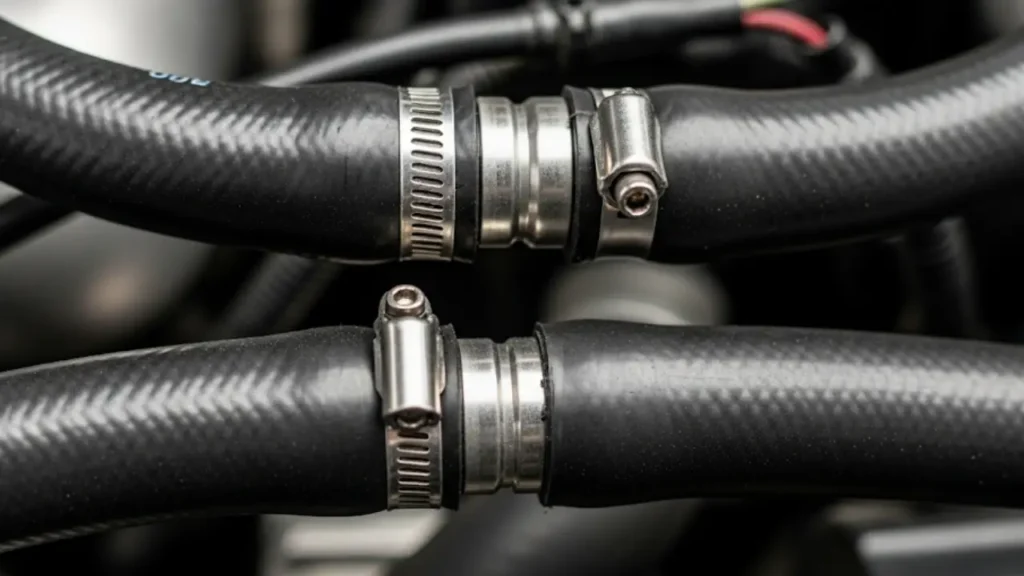
Connecting two rubber hoses is essential in various applications where extended reach, system adaptation, or maintenance is required. Proper connection points ensure leak-free performance, optimal flow, and long-lasting hose durability in automotive, industrial, marine, and garden systems.
- Automotive Systems: We connect hoses in coolant, fuel, or air systems to maintain vehicle performance, prevent leaks, and ensure consistent flow under varying temperatures and pressures.
- Industrial Equipment: We join hoses in machinery and processing systems to extend reach, adapt layouts, or replace damaged sections efficiently without interrupting operations.
- Marine Applications: We connect hoses on boats for water, fuel, or bilge transfer, ensuring corrosion resistance, leak-free performance, and reliable operation in harsh saltwater environments.
- Garden and Irrigation Systems: We join hoses to extend reach, navigate corners, or connect multiple lines, ensuring consistent water flow and efficient irrigation coverage.
- HVAC Systems: We connect hoses in heating, ventilation, and cooling systems to facilitate airflow, maintain system pressure, and optimize energy efficiency across complex duct or piping networks.
Conclusion
Successfully connecting two rubber hoses ensures safety, efficiency, and reliable fluid transfer in any application. By selecting the correct hoses, clamps, or adapters, and following proper installation steps, you minimize leaks, reduce maintenance, and extend hose lifespan. A well-connected system keeps operations smooth and trouble-free.
For businesses or DIY enthusiasts needing multiple hoses, getting wholesale rubber hoses from Kingdaflex is a cost-effective solution. We offer high-quality hoses in various materials, sizes, and specifications to match diverse requirements. Our hoses are durable, flexible, and resistant to heat, oil, chemicals, and abrasion, making them perfect for any application.
Choosing Kingdaflex for your rubber hose supply ensures consistent quality, timely delivery, and professional support. Whether for industrial, automotive, or marine applications, our hoses meet rigorous standards, providing long-lasting performance. With our wholesale options, you can equip your business or projects efficiently while enjoying reliable, high-performance products at competitive prices.

